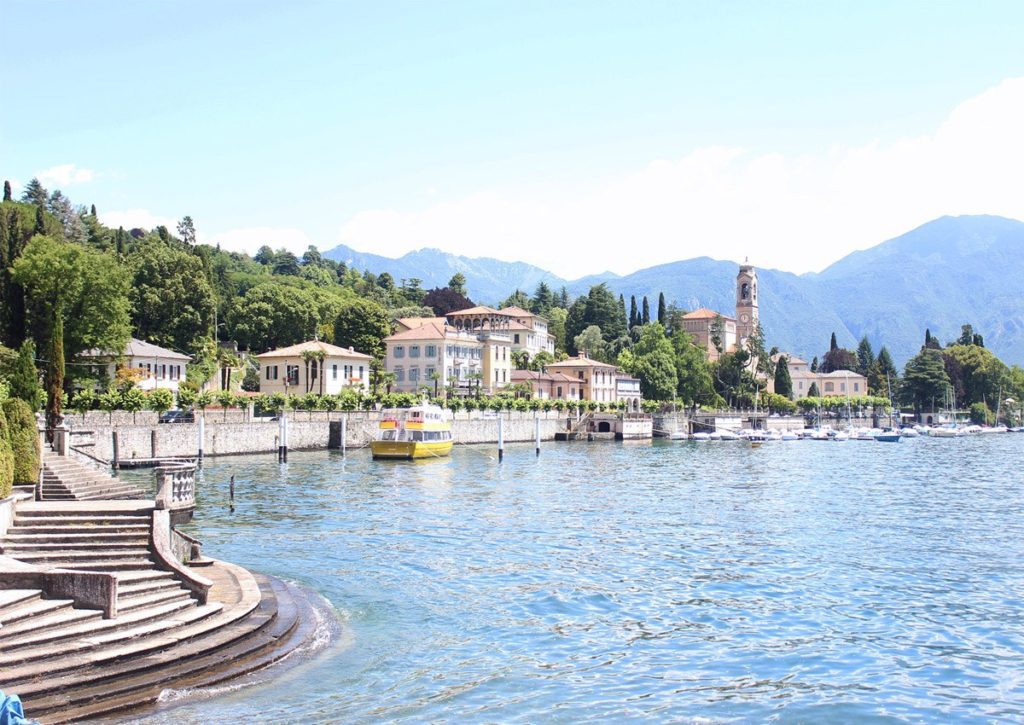

Officially known by the name of Italian Republic, Italy is a unitary parliamentary republic in Europe. The country survives on an area of 301,338 km2 (116,347 sq mi) and largely has a temperate seasonal climate or Mediterranean climate. It’s the shape of Italy which is why it is often referred to as lo Stivale. With a population of around 61 million people, the country id the 3rd most populous EU member state.
Precisely speaking, Italy is located in the heart of the Mediterranean Sea and shares open land borders with Slovenia, France, San Marino, Switzerland, Austria, and Vatican City.
The famous saying, “when in Rome, do as Romans do” is likely to be the reason that can make you pay a visit to this country. With places to roam such as colosseum and the Roma forum where great rulers like Nero, Julius Caesar, and Romulus once ruled, the capital city of Italy is a place that comes under a “must visit place list”.
The capital city, Rome has around 2.9 million residents making it the country’s largest and 4th most populated city in the Union of Europe. The city is positioned in the central-western division of the Italian Peninsula, inside Lazio (Latium) and along the banks of Tiber river. The Vatican City is an autonomous country which geographically is placed within the city borders of Rome, the only present example of a country found within a city. This is the only reason why Rome has been often designated as the capital of two states.
The country is quite versatile in terms of cultural diversity. The following heading will take you on a tour of the same-
Architecture:
The architectural style of the nation is accounted from the classification by period and also by religion as the unification of Italy took place in the year 1861. This has generated a highly distinct and eclectic range of architectural patterns.
Visual Art:
The Visual Art of the country is a subset of the western painting history. The art of Rome was very much influenced by Greece and can in part be considered as a descendant of antiquated Greek painting. However, Roman art does have significantly unique features. The only existing Roman paintings are wall paintings and many are from villas in Campania, in Southern Italy.
Literature and Theatre:
The foundation of the contemporary Italian language was set by the Florentine poet Dante Alighieri, and his greatest work, the Divine Comedy, is recognised among the leading literary records produced in Europe. Also, celebrated literary figures in Italy such as the Giovanni Boccaccio, Giacomo Leopardi, Torquato Tasso, Petrarch, Alessandro Manzoni, and Ludovico Ariosto are in abundance.
ABOUT THE AUTHOR:
Acash Chaudhary
